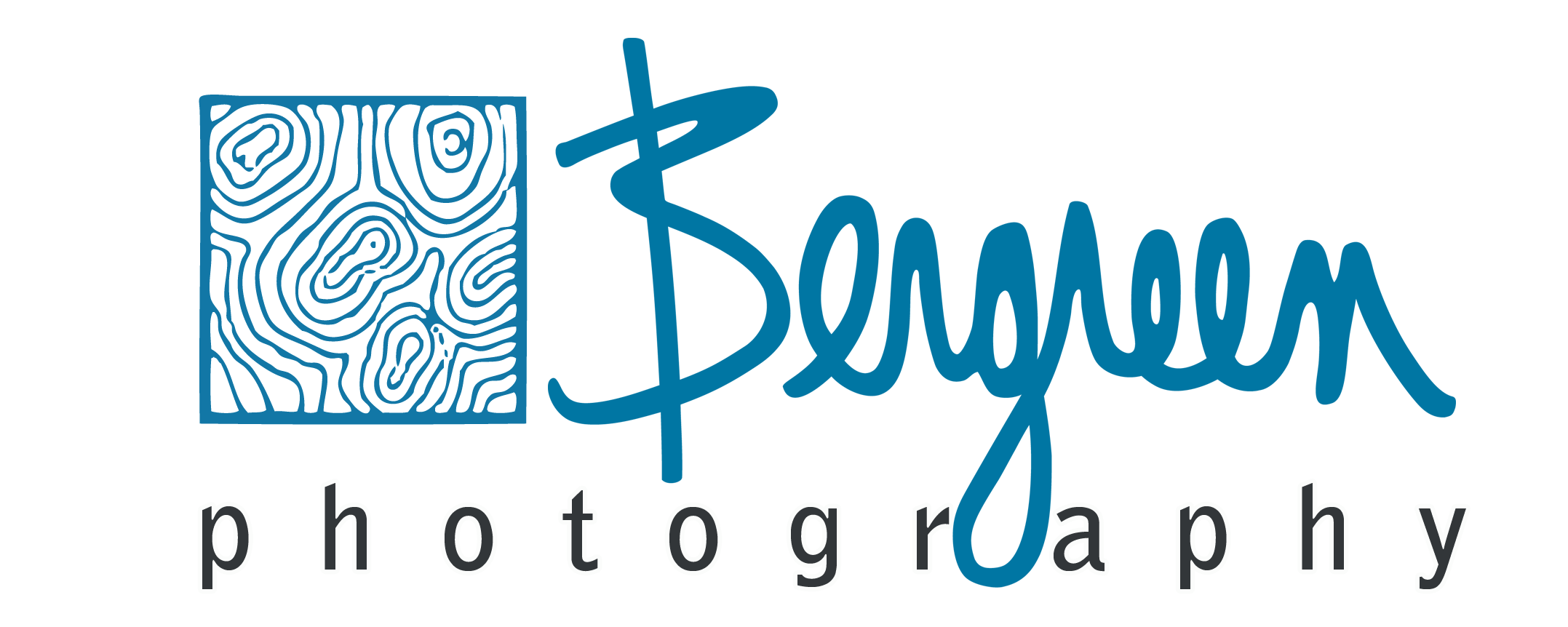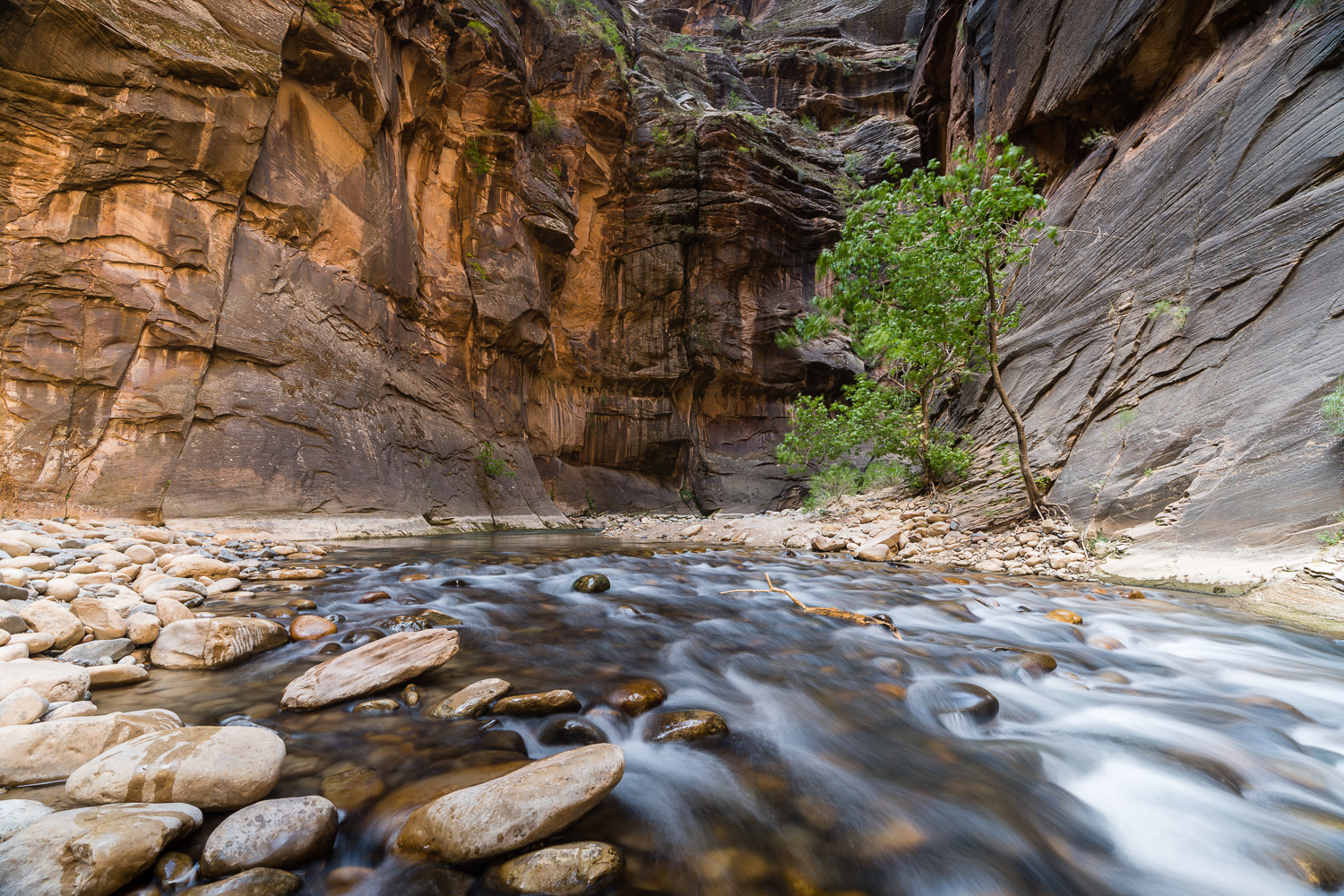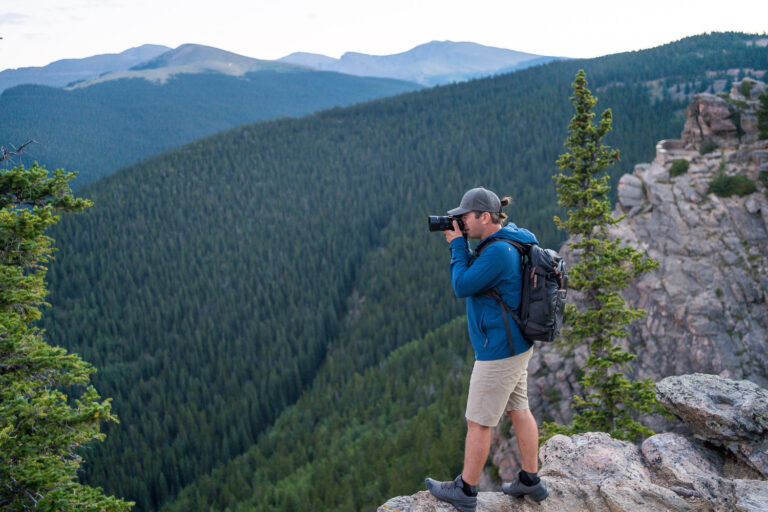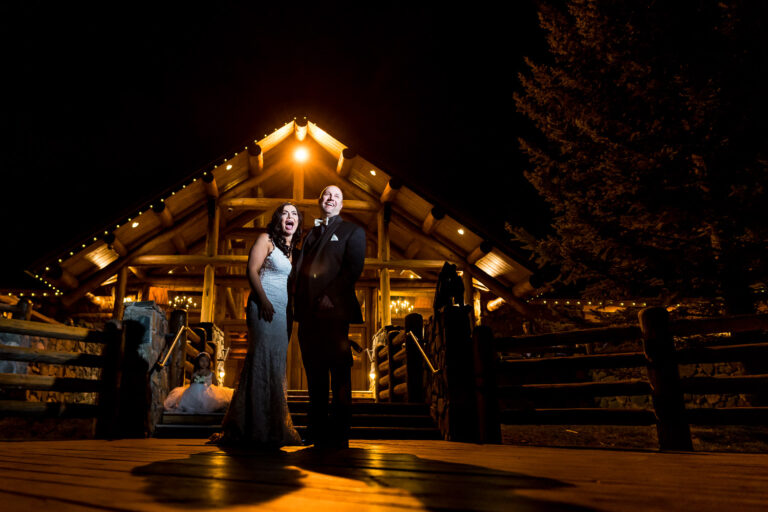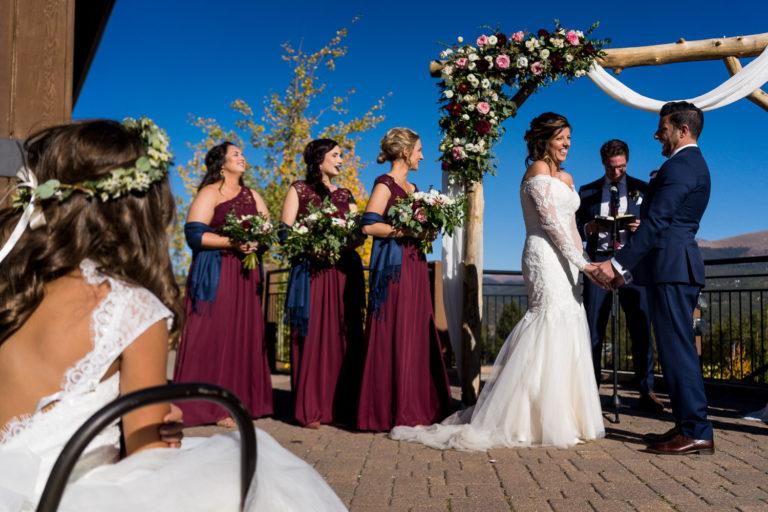ND Filter: A Beginner’s Guide to Neutral-Density Lens Filters
An ND filter is a versatile tool that enables photographers and filmmakers to control the amount of light entering their cameras without affecting the color. It provides creative possibilities by allowing for longer exposures, wider apertures, and better exposure control in various lighting conditions. They can also allow you to get beautiful bokeh with off-camera flash.
When using an ND filter, the reduced amount of light requires compensating for proper exposure. You can achieve this by adjusting the shutter speed, aperture, or ISO settings. Understanding exposure triangle basics (shutter speed, aperture, and ISO) is crucial for using ND filters effectively, check out our post on camera settings.
Practice and experimentation are key when using ND filters. Take your time to learn how different filter strengths and shooting techniques impact your images. With time and experience, you’ll develop a better understanding of when and how to effectively use ND filters to enhance your photography.
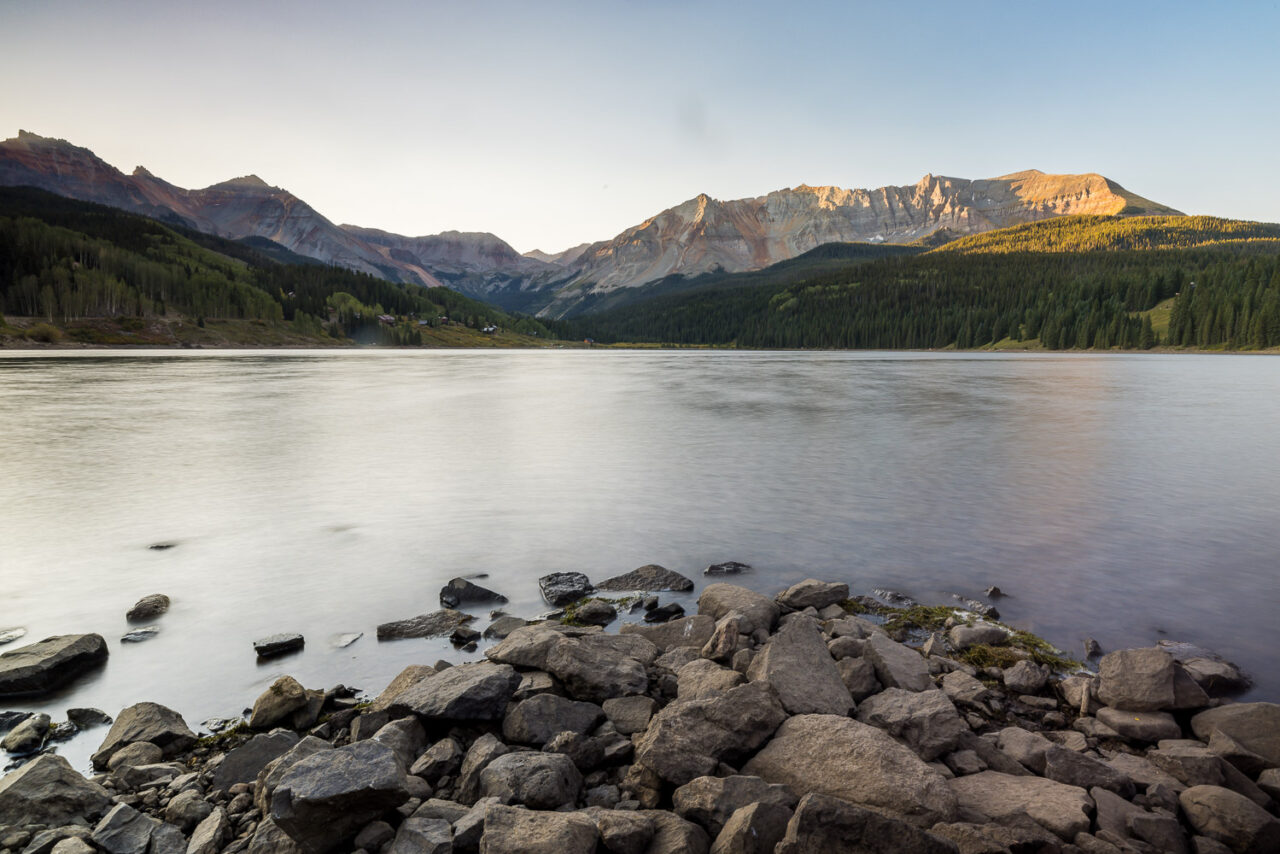
What is an ND Filter? (Neutral Density Lens Filter Beginner’s Guide)
What’s an ND filter? An ND filter, short for Neutral Density filter, is an essential tool in photography and videography. It is a type of filter that reduces the intensity of light without altering its color. The purpose of an ND filter is to allow photographers and filmmakers to achieve creative effects and control exposure in various lighting conditions. For example, you can keep a lower shutter speed for video so it looks smooth and natural (180-degree shutter rule).
Understanding ND filters and f-stops
Now that we know whats an ND filter, let’s understand them. ND filters come in different strengths, typically measured in stops, indicating the amount of light they block. The higher the number of stops, the darker the filter, and the more light it blocks. By using an ND filter, photographers can achieve a longer exposure time or use a wider aperture while maintaining proper exposure, even in bright environments.
ND filters come in various types, such as screw-on filters or square/rectangular filters that require a filter holder. They also vary in strengths, usually measured in stops, such as 1-stop, 3-stop, or 6-stop filters. Beginners should consider starting with a 3-stop ND filter, as it provides a good balance for different shooting scenarios. Another option is a variable ND filter that will allow you to adjust the exposure with the rotation of the front element.
What does an ND filter do?
Now that we have the ND filter meaning, let’s talk about how ND filters work. Put simply, an ND filter blocks light so that photographers can achieve creative effects or control exposure in various lighting conditions. Whether you’re looking to use an ND filter for portraits or landscapes, let’s read on.
Neutral density filter explained:
Why do photographers use ND filters?
ND filters help balance the exposure between bright highlights and dark shadows in high-contrast scenes. By reducing the amount of light, they allow for better exposure control, preventing blown-out highlights or overly dark shadows.
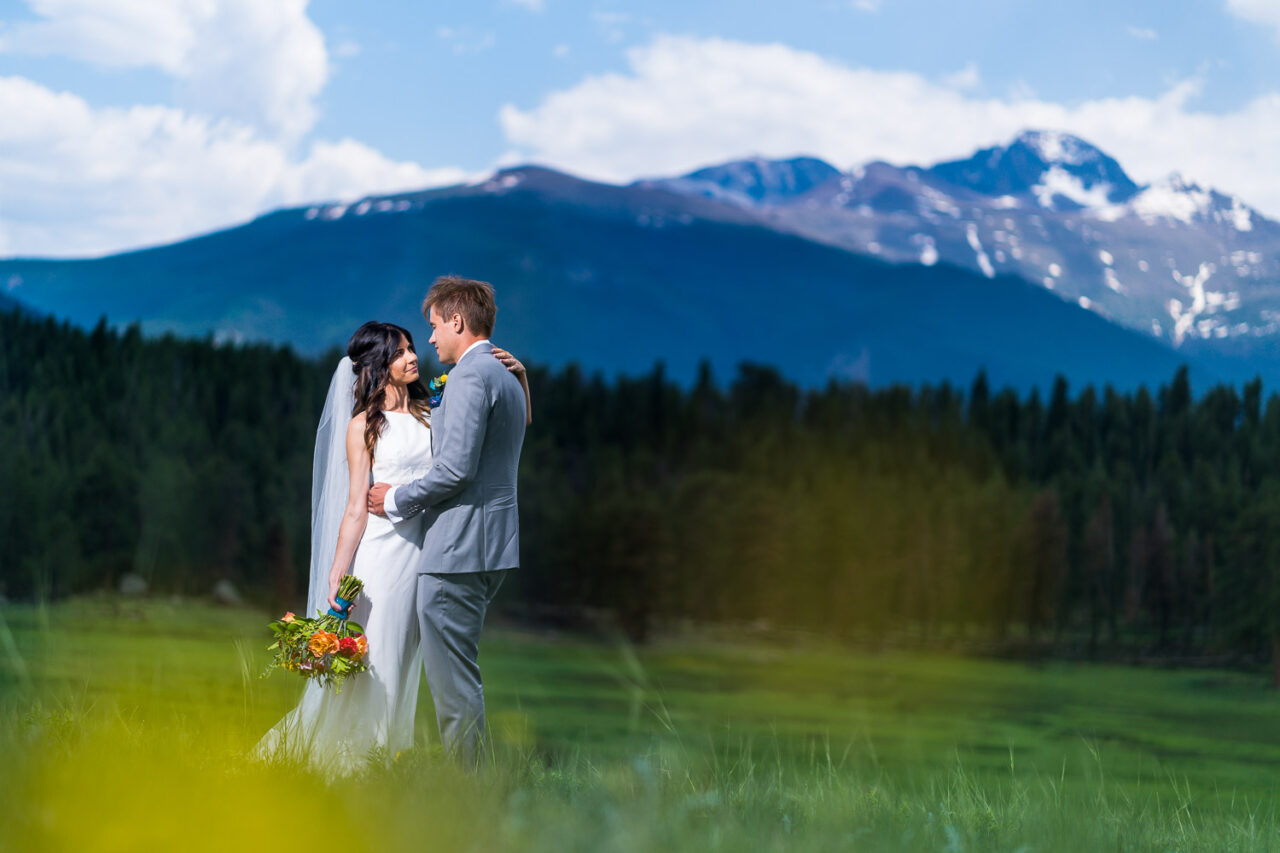
When Should I Use an ND Filter?
There are several situations where an ND filter proves beneficial. For example, when photographing landscapes, an ND filter can be used to create a smooth and silky effect on waterfalls or rivers by lengthening the exposure time. In portrait photography, an ND filter allows photographers to use wider apertures to achieve shallow depth of field, blurring the background while maintaining the correct exposure. Additionally, in videography, an ND filter is crucial for maintaining the cinematic look and preventing overexposure in bright outdoor settings.
One of the main applications of ND filters is capturing long exposures. This technique allows you to create stunning effects like silky waterfalls, streaking clouds, or smooth water surfaces. Experiment with different exposure times to achieve the desired effect.
What Types of ND Filters are there?
Screw-on Fixed ND Filters
These are circular filters that screw directly onto the front of the lens. They are convenient and easy to use, making them popular among beginners. Screw-on ND filters come in various strengths and are available in different thread sizes to fit different lens diameters.
Square/Rectangular ND Filters
These filters are typically larger and require a filter holder system to mount them in front of the lens. The advantage of square/rectangular filters is that they can be easily stacked or used with other filter types, such as graduated ND filters. They offer more flexibility in terms of positioning and adjusting the filter’s effect.
Variable ND Filters
A variable neutral density filter provides a range of light reduction by rotating the filter ring. They consist of two polarizing filters that can be rotated against each other to control the amount of light passing through. Variable ND filters offer convenience and versatility, allowing for adjustable light reduction in different shooting conditions. However, a variable ND may introduce some color cast or loss of image quality at extreme settings.
Graduated ND Filters
A graduated neutral density filter is a variation of ND filters with a graduated transition from dark to clear. They are useful for scenes with a stark contrast between the sky and the foreground. Beginners may find it beneficial to experiment with both regular ND filters and graduated ND filters to understand their applications.
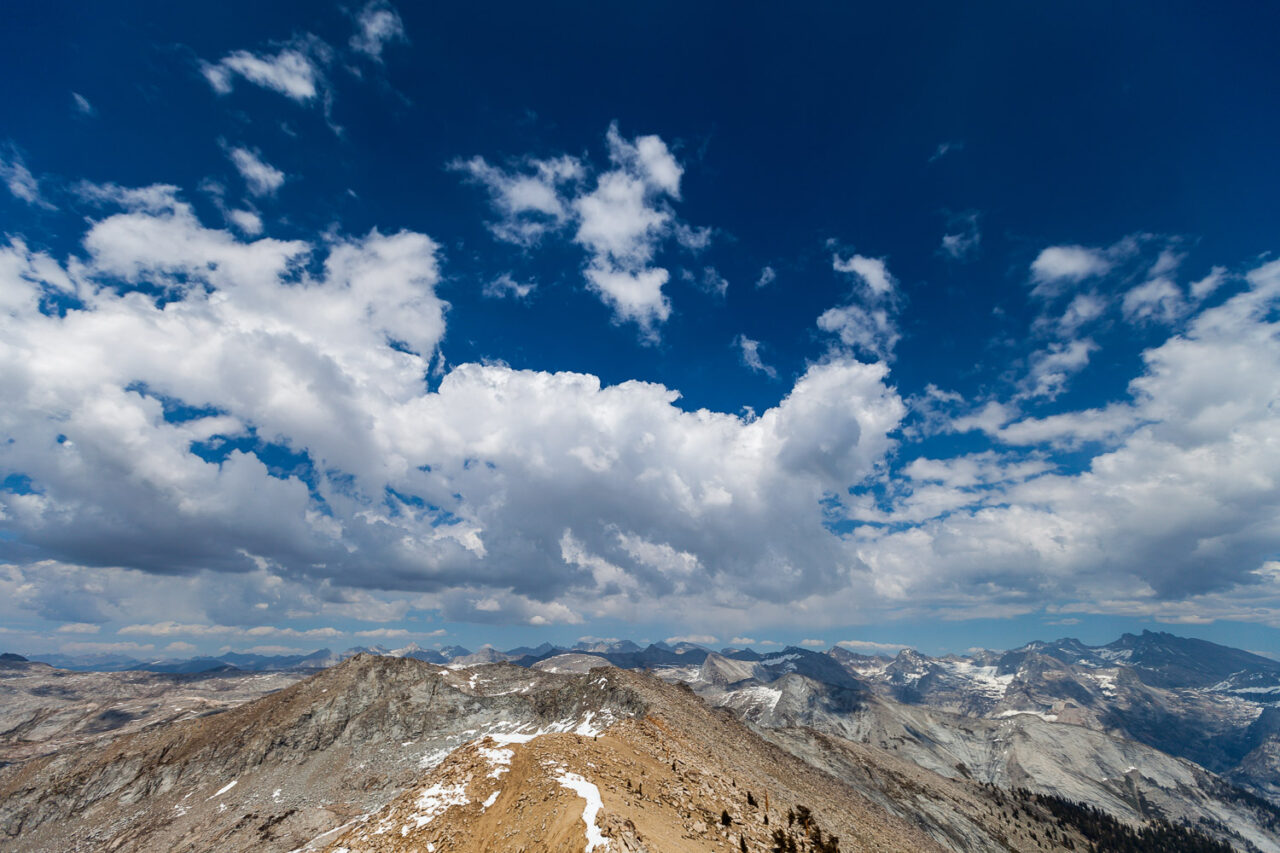
Hard vs. Soft Edge Graduated ND Filters
Graduated ND filters come in two variations: hard edge and soft edge. Hard-edge filters have a sharp transition between the dark and clear areas, suitable for scenes with a clear and defined horizon line. Soft edge filters have a more gradual and blended transition, ideal for scenes with an uneven or less defined horizon.
Reverse Graduated ND Filters
Reverse graduated ND filters are a specialized type of graduated filter with the darkest portion in the center and a gradual transition toward the top. These filters are primarily used for capturing sunrises or sunsets, where the brightest part of the scene is near the horizon. Reverse graduated ND filters help balance the exposure between the brighter horizon and the darker sky.
ND Filter Buying Guide
Invest in a good-quality ND filter to avoid color shifts, loss of sharpness, or unwanted artifacts in your images. Look for filters made with high-quality materials and multi-coated surfaces that minimize reflections and flare.
What Do I Need to Look for When Buying an ND Filter?
Ensure that the ND filter you choose is compatible with your camera lens diameter or filter holder system. Check the filter thread size of your camera lens and select a corresponding filter or adapter ring.
Filter strength: ND filters come in different strengths, nd filter grades, or ND filter ratings, usually measured in stops. Determine the amount of light reduction you require based on your shooting needs. Common strengths include 1-stop, 3-stop, 6-stop, and 10-stop filters. Beginners may find a 3-stop or 6-stop filter to be a good starting point, as they provide versatility in various lighting conditions.
Filter size: the filter you choose should match the diameter of your lens and the filter thread size indicated on the lens, usually measured in millimeters (e.g., 58mm, 67mm, 77mm). You can also use step-up or step-down rings to adapt filters to lenses with different diameters.
Filter type: screw-on versus square/rectangular with a holder system
Compatibility: fits your camera lenses or holder system
Quality: your filter should be made with high-quality materials to ensure minimal distortion or color shifts
Price: find the right price point for your budget
Brand reputation: established brands have a track record of high-quality filters
By considering these factors, you can make an informed decision and choose an ND filter that meets your specific requirements in terms of strength, size, compatibility, quality, and budget.
Filter size: the filter you choose should match the diameter of your lens and the filter thread size indicated on the lens, usually measured in millimeters (e.g., 58mm, 67mm, 77mm). You can also use step-up or step-down rings to adapt filters to lenses with different diameters.
For example, maybe you want an affordable but reliable 55mm nd filter variable, have that description ready when shopping.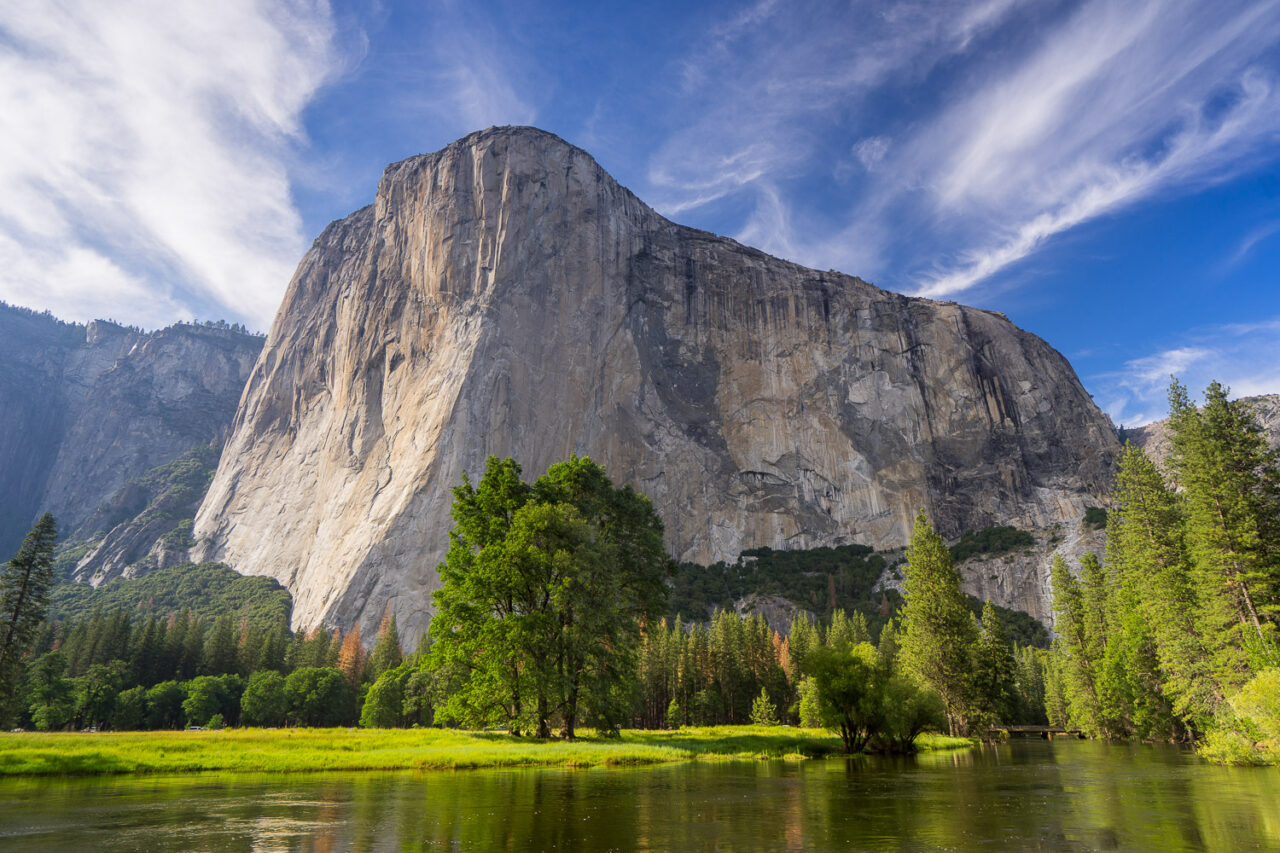
How to Know What Kind of ND Filter to Buy
If you take into account the topics above, you should be able to narrow down what kind of ND filter to buy. In addition to budget, lens diameter, filter type, and filter strength, you will take into account your shooting intentions and lighting conditions.
For shooting Intentions, identify the type of photography or videography you plan to pursue. Are you interested in landscape photography, long exposures, portrait photography, or capturing motion in video? Different shooting scenarios may require different strengths and types of ND filters.
For lighting Conditions, consider the typical lighting conditions in which you’ll be shooting. If you frequently encounter bright, sunny conditions, you may need a stronger neutral density filter (e.g., 6-stop or 10-stop) to achieve longer exposures or wider apertures. If you shoot in a variety of lighting conditions, a mid-range ND filter (e.g., 3-stop) provides versatility. You can also consider a split neutral density filter if you’re looking for a solution to the sky-ground transition.
Reasons to buy
Exposure Control: ND filters allow you to have better control over exposure by reducing the amount of light entering the lens. This is particularly useful in bright conditions where you want to use wider apertures or longer shutter speeds without overexposing the image.
Creative Effects: a neutral density filter enables you to create artistic effects in your photos and videos. You can capture long exposures to achieve smooth water or blur moving subjects, resulting in unique and visually appealing images. ND filters also help in achieving shallow depth of field by using wider apertures in bright environments.
Balancing Exposure: a neutral density filter assists in balancing exposure in high-contrast scenes, where there is a significant difference in brightness between the foreground and the sky. By reducing the light entering the camera, you can prevent overexposed highlights or underexposed shadows, resulting in a more evenly exposed image.
Cinematic Video Capture: For videographers, ND filters are crucial to maintaining a cinematic look in outdoor settings. They allow you to maintain a consistent shutter speed, frame rate, and aperture, even in bright conditions, resulting in smooth and professional-looking videos.
Reasons to avoid
Limited Usefulness in Low-Light Situations: ND filters primarily excel in reducing light in bright environments. In low-light situations or when shooting in dimly lit scenes, the use of a neutral density filter may not be necessary or may lead to excessively long exposure times.
Cost and Additional Gear: Good-quality neutral density filters can be expensive, especially when considering multiple filter strengths or investing in a filter holder system for square/rectangular filters. This cost may deter some photographers, especially beginners, who may not be ready to make a significant investment.
Image Quality Concerns: Poorly constructed or low-quality ND filters can introduce color casts, reduce image sharpness, or create vignetting. It’s important to invest in high-quality filters to minimize these potential issues.
Learning Curve: Using ND filters effectively requires a basic understanding of exposure and the relationship between shutter speed, aperture, and ISO. Beginners may need to invest time and effort into learning and experimenting with neutral density filters to achieve desired results.
ND Filters and Image Quality
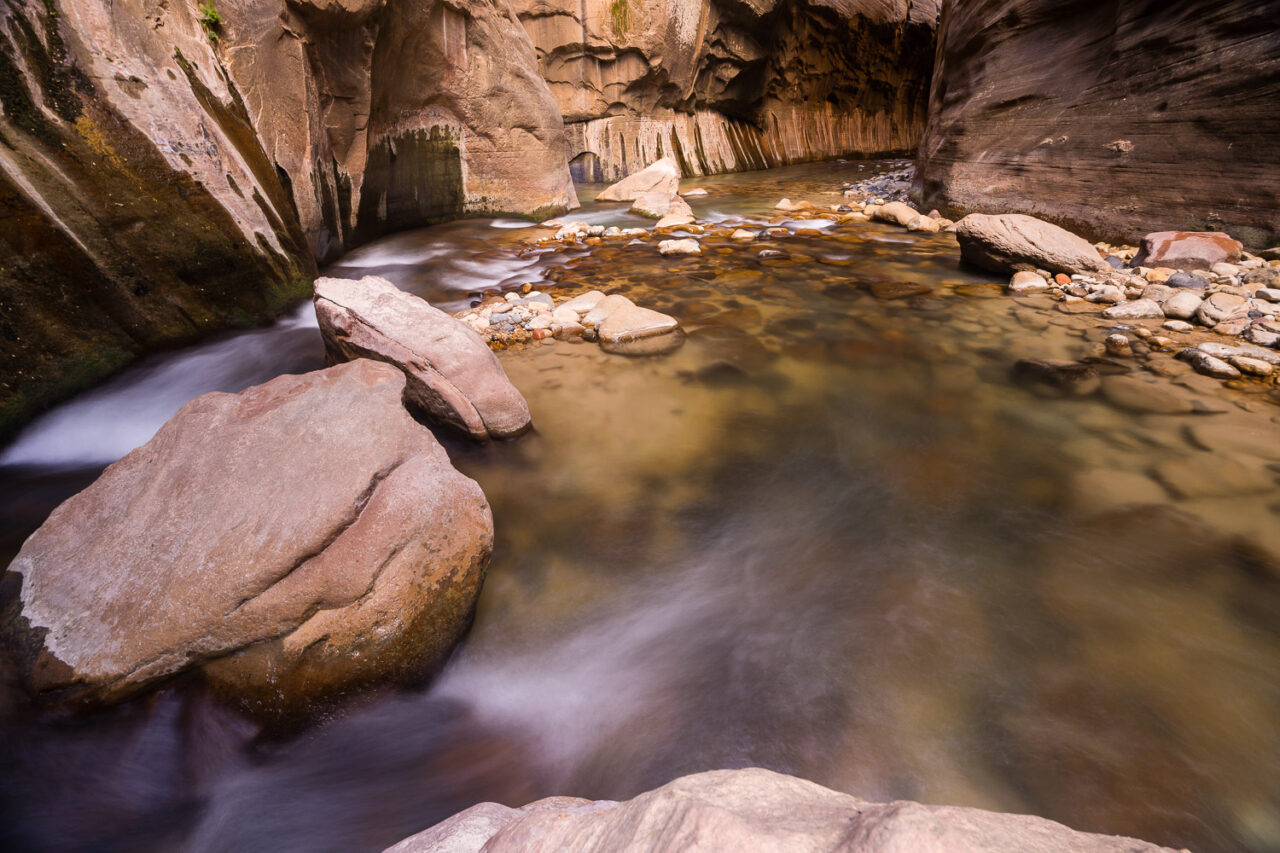
The quality of neutral-density (ND) filters can vary depending on the brand and construction. High-quality ND filters that are made with precision and feature multi-coatings to reduce reflections and flare will have minimal impact on image quality. However, lower-quality filters may introduce some image degradation, such as color shifts, loss of sharpness, or increased vignetting.
One of the common concerns with neutral density filters is color cast, where the filter imparts a tint to the image. This can result in a shift in color accuracy and white balance. However, reputable filter brands often strive to minimize color cast, especially in higher-end filters. Reading reviews and choosing filters from well-known brands can help mitigate this issue.
Another consideration is the potential loss of image sharpness. Cheap or poorly constructed filters may introduce optical aberrations, reduce contrast, or soften the image. It’s important to choose neutral-density filters made with high-quality materials, such as optical glass or resin, to maintain optimal image sharpness.
Vignetting, which is a darkening of the corners of the image, can also occur with some ND filters, particularly at wider focal lengths. This is more common with screw-on filters that have thicker frames. Using a filter that matches the correct diameter for your lens or using a step-up ring to avoid excessive thickness can help minimize vignetting.
Do Neutral-Density Filters Degrade Image Quality?
Ultimately, investing in high-quality ND filters from reputable brands will significantly reduce the risk of image degradation. It’s worth considering filters that have been well-reviewed and recommended by other photographers to ensure optimal image quality.
Recommended ND Filters
Whether you’re trying to find a nd filter for 50mm lens, nd filter for nikon, or a specialty split nd filter, I hope this guide helped give you some direction.
We’ve been using the following ND imaging filters with good results:
K&F Concept Variable ND filter: great affordable filter for video or keeping your shutter speed down with off-camera flash and low aperture settings.
Polar Pro Variable ND Filter: a higher quality filter if you want the best in performance, has precise control in a smaller form factor
Lee Thread on Filter Holder: a great way to hold your graduated 100mm ND filters on the front of a lens, typically works with lenses up to a 16-35mm
Ice Graduated ND Filter: a great affordable graduated nd filter for shooting landscapes at sunset or with contrasting light works well with the filter holder above
Polar Pro Matte Box Filter System: this top-of-the-line matte box has variable and drop-in filters to give you the most control and image quality!
Further Travel Photography Reading and Resources
10 Essential Gear Suggestions for the Adventure Photographer
Our 9 Best Outdoor Wedding Photography Tips (Including Night and Lighting)
- Camera Settings Guide
- Drone Accessories
About the author
I am Marc Bergreen, one half of a husband and wife photography team specializing in Colorado wedding photography and videography and adventure photography. If you need advice on the best gear for your goals, reach out.
Download our free guide on how to build a creative business and a life you love. Don’t hesitate to contact us and let us know how we can help!
In the meantime, remember to…

